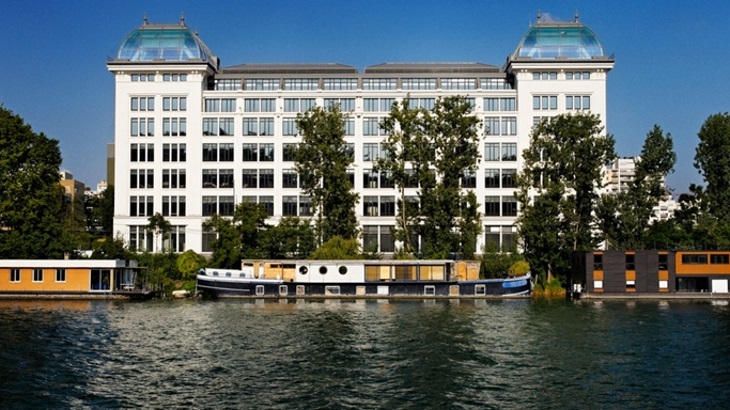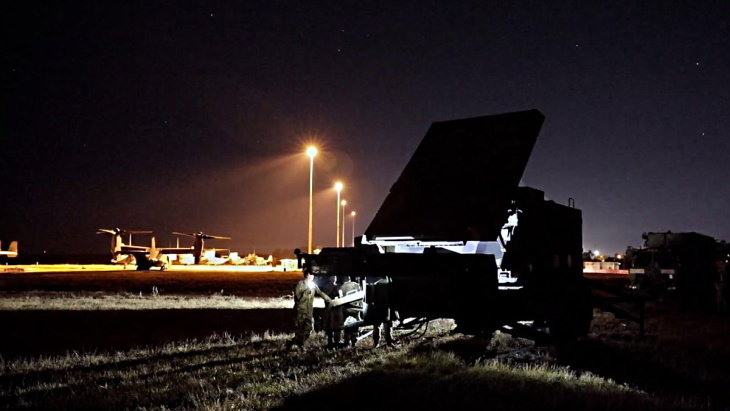The NEA's current membership consists of 33 countries in Europe, the Americas and the Asia-Pacific region, which together account for about 82% of the world's installed nuclear capacity.
"The crisis we face today is unlike any we have ever faced in the era of globalisation and interconnectiveness," Magwood wrote in the April edition of NEA's monthly news bulletin. "All countries feel the impact, all economies are affected, all populations are under threat. The event is ongoing and, by most accounts, is likely to be with us for months. In the short term, an important pillar of any country's pandemic response strategy will be a reliable electricity supply. Many parts of the infrastructure essential to modern life - food supply, transportation and public health services cannot function without reliable electricity. The principal threat to the operation of any electricity generating facility during a pandemic will be the direct and indirect effects on essential personnel for extended periods."
The nuclear sector is "doing its part" to reduce the number of infections, he said.
"The world's nuclear power plants are operating safely and effectively and are contributing to the reliable grids needed to power the untold millions who are teleworking, the families sheltering at home, and essential medical facilities operating far beyond their intended capacity. But while the energy flows, the sector itself is impacted by the pandemic and must quickly adapt to ever‑changing, unprecedented, and uncertain circumstances."
The pandemic has demanded a swift response, he said.
"It is the norm in the nuclear sector to change processes and practices only after deliberate analyses, with numerous viewpoints taken into account; but today's crisis calls upon all for quick responses. Decisions must be made rapidly in situations that have no complete parallel. Regulators must adjust their plans for inspections. Operators will defer outages and modifications to their plants.
"Technologies that allow people to do their jobs away from normal workplaces must be applied in new and novel ways. In each country, choices made are made in the context of the level of threat to the health and safety of the workforce and the general population. Still, in each country, nuclear safety will remain the priority of all."
With many experts anticipating a considerable risk to public health into May and June, with potential of a second round of infections in September and October, the NEA's ongoing work will "serve both immediate necessities and prepare us for the longer term", he said.
The pandemic has been a test of the NEA's own safety culture and the entire agency has been teleworking since 12 March, with little disruption to its work, he added.
"While important events have been postponed, the work of our committees has continued, software packages from the NEA Data Bank continue to be issued, and we will shortly host our first web event since the crisis - on the crisis itself.
"This success is due to the dedication of the agency's staff to the work we pursue on behalf of our member countries; to the commitment of our members to the important matters that bring them together from all over the world; and to the confidence of all who comprise the nuclear technology sector that whatever challenges we face at the moment, a brighter future always lay ahead."
The NEA works closely with the International Atomic Energy Agency in Vienna and with the European Commission in Brussels. Within the OECD, there is close coordination with the International Energy Agency and the Environment Directorate, as well as contacts with other directorates, as appropriate.






_50545.jpg)
_28367.jpg)
_40405.jpg)
_76087_55556.jpg)




